Goldenrods might be considered a strange material as they can cause some people with allergies to suffer, but if you are not affected by pollen, Goldenrods can make good-looking trees for your model railroad layout.
Ready for Picking
This is what the weed looks like in its natural habitat as it is blooming. Goldenrod, which is considered a weed in the US, is planted in other parts of the world as a blooming flower.You’ll often find Goldenrod growing along the side of the road. It’s yours for the time it takes to harvest it.
The goldenrod is ready for picking and turning into model trees after it turns a grayish white.
Preparing the Goldenrod for Its New Life as a Tree
Here is the beginning of a new tree. You’ll notice the really realistic branch structure! Those leaves on the stem need to be picked off before it becomes a tree for the railroad. Below are three branches that I’ve spray painted green with a rattle can. I always wear gloves for this part of the job and cover up the stems as much as I can so they remain a nice brown-gray color.The tree on the left will make a wonderful tree all by itself. The two on the right can be combined into a heftier looking tree.
Get Out the Glue Gun and Tape
For this next part I just wrap the trunks with masking tape, or you could use floral tape instead. I then smear hot glue from a glue gun all over the new “trunk”. Some people use putty for this step and it works great also. Here the tree has been sprayed green again. Sometimes I even add ground foam to the branches before the paint dries. This will help a rather sparse tree look better.Final Coloring of the Trunk
After the glue dries, I spray the trunk a grey color and then smear washes of acrylic black and raw sienna all over the trunk to give it some depth, as you can see in these pictures.The Completed Trees Can Enhance Your Scenes
Now the trees are put on the layout. As you can see from this photo, I like to have trees in a variety of colors and textures. There are other ways to make trees, but scratch-built trees are a great and fun way to do it. The main thing to avoid is having trees that all look the same. Variety is the spice of life and the key to realistic scenery.Do you have any other ideas for using natural materials in your layouts? Let us know in the comments. Related blog: Making Scale Trees from Hydrangea Blooms
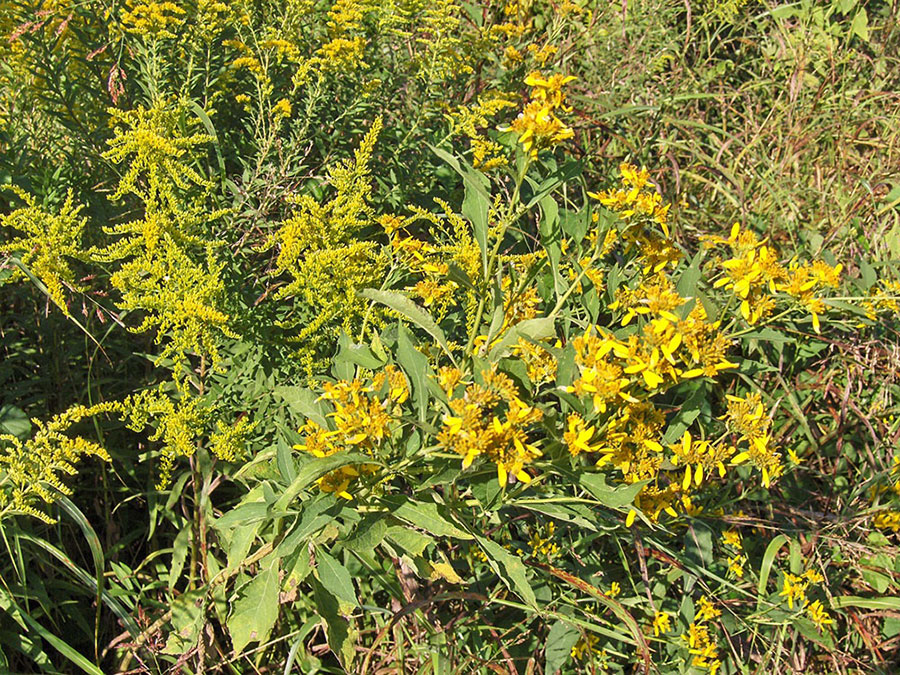
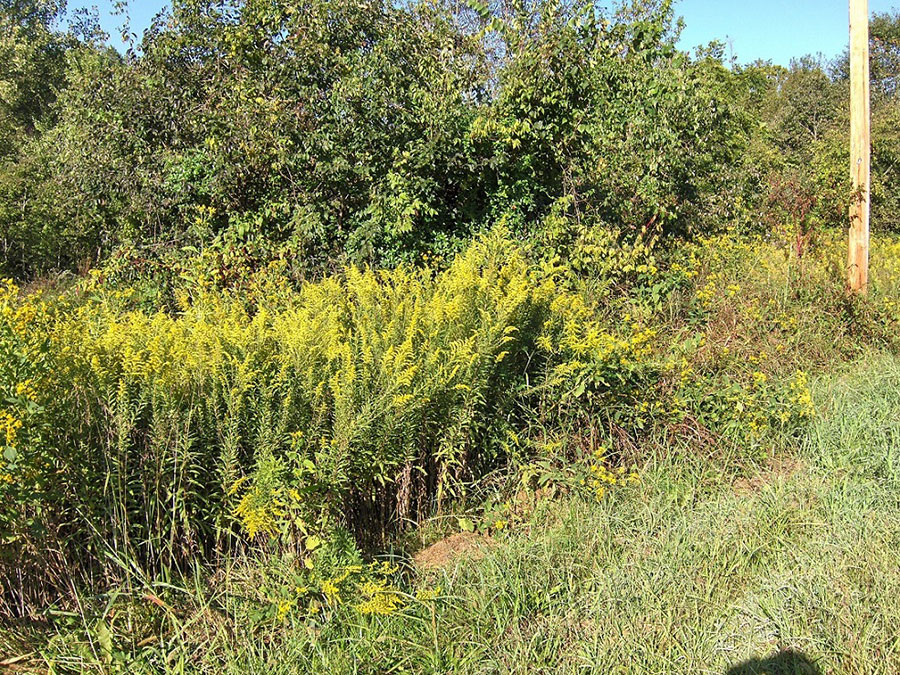

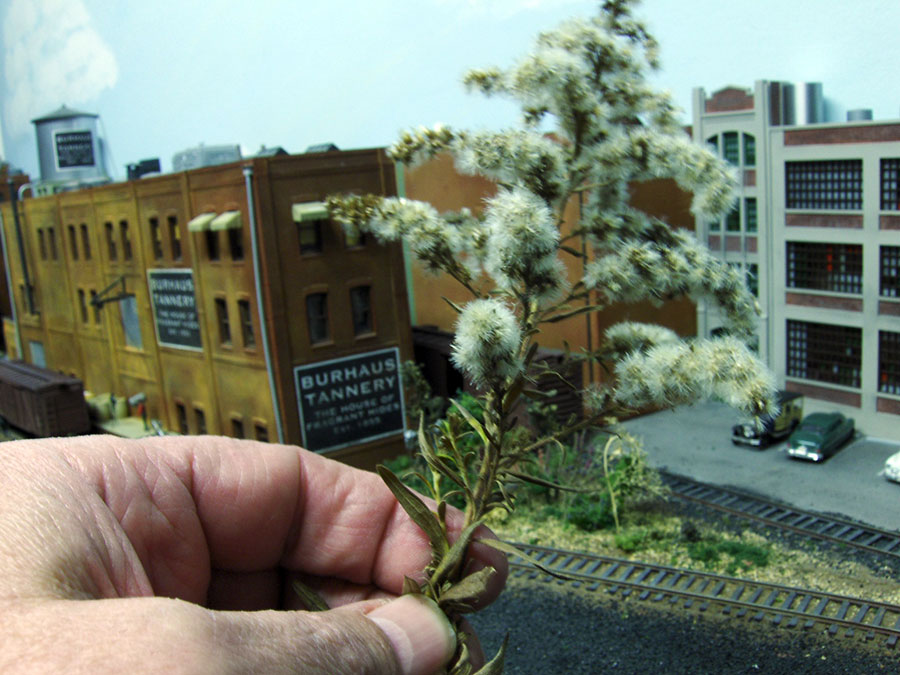

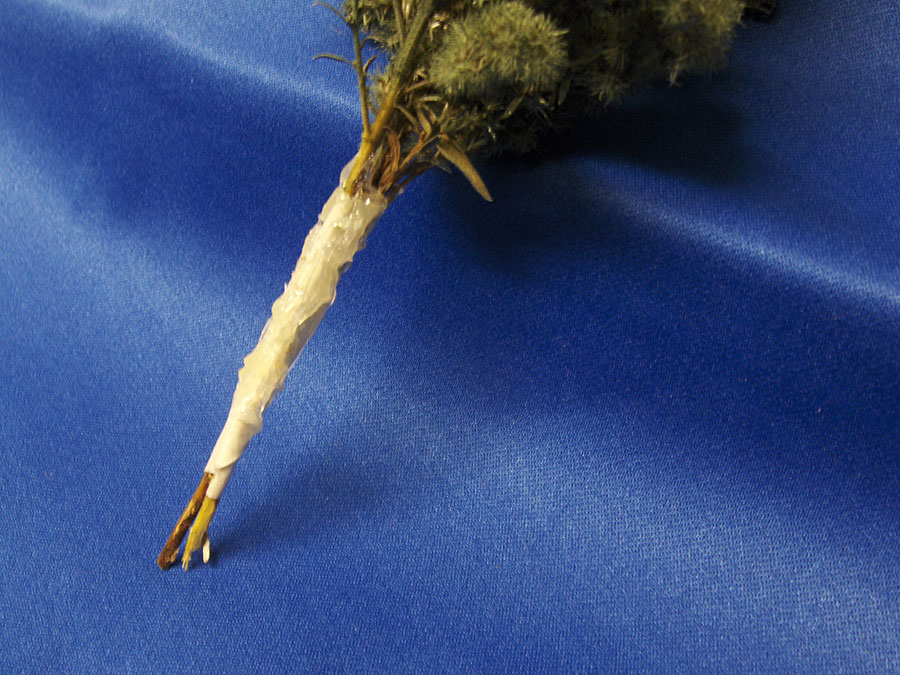
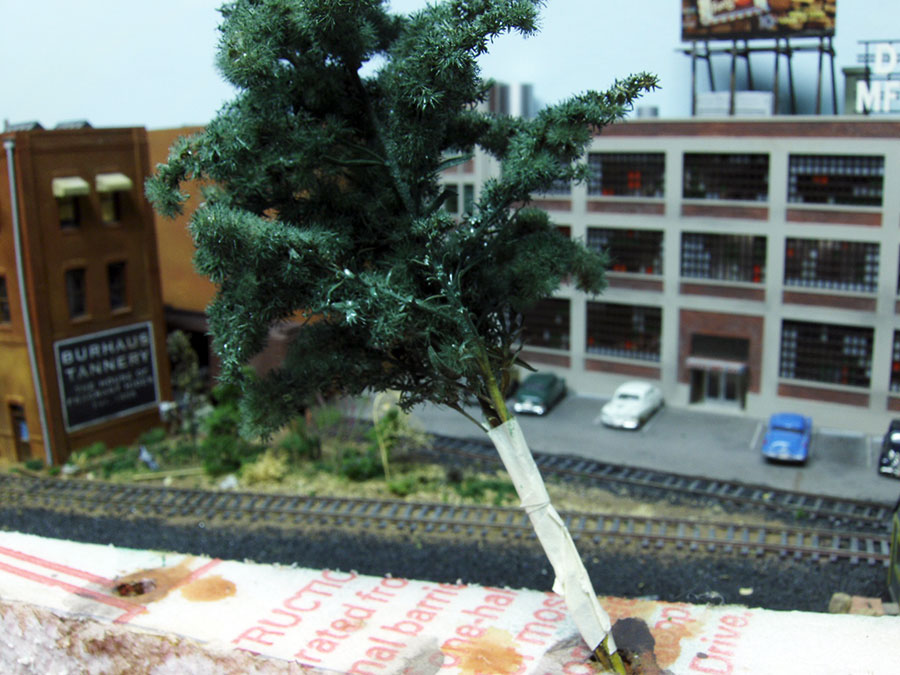
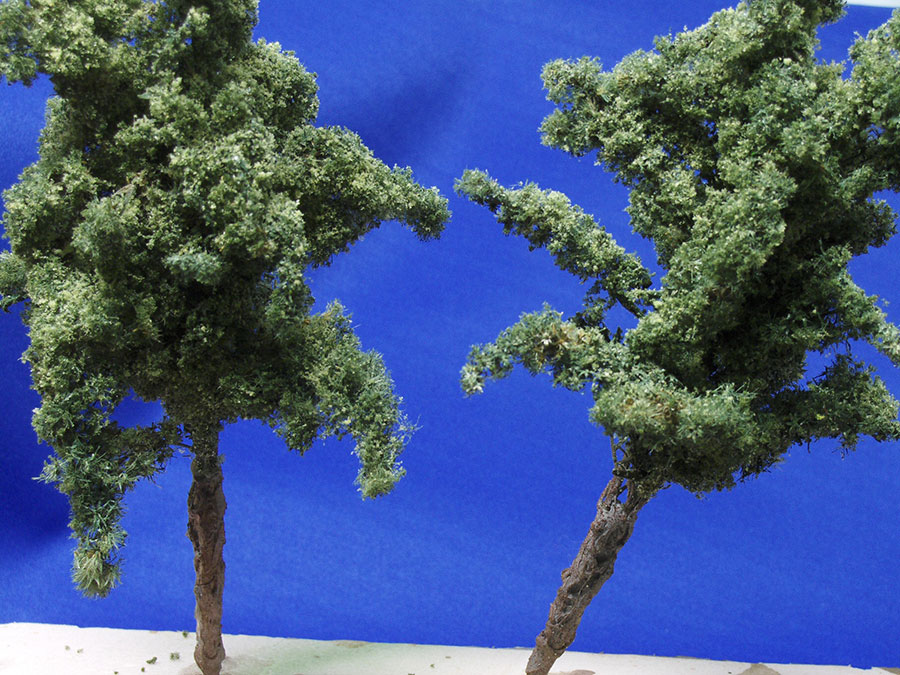
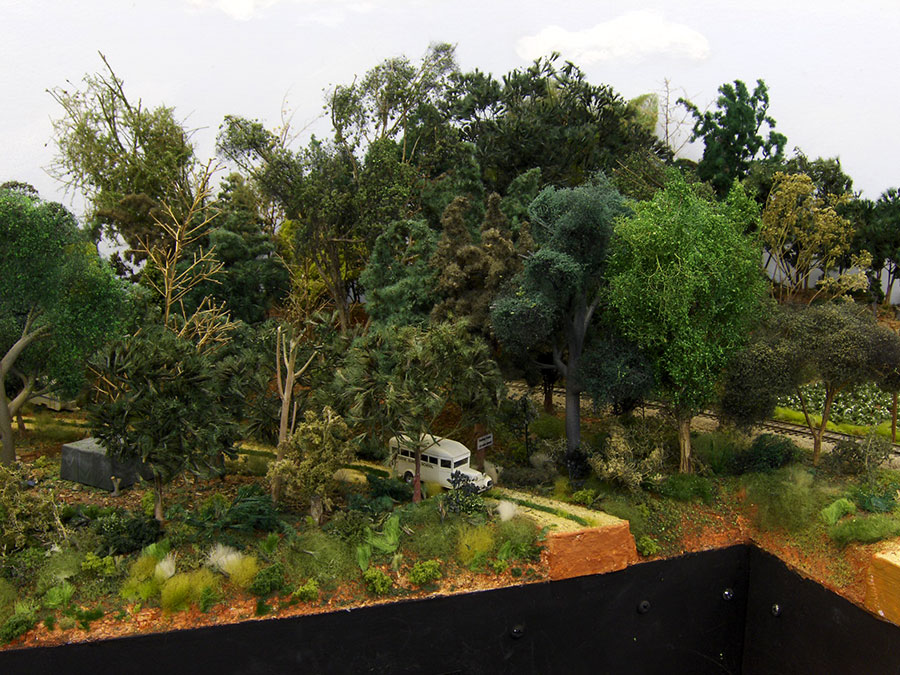
We have Goldenrod all around us. I never thought to use it for trees. I'm going to try this!
These are great looking with what looks like a minimum of work. Thanks for your article.
Ground pine which grows to a max of about 8 -9 inches here in the upper midwest should work well too.
this my friends ,it really helpfull to make scenery on your train-layout ; Fabulous ,magnificent Allen . I very often follow your videos , its my passion to build it in future with lots of usa old steamers . I have already a collection of 325 steam-engines . greetings & keep goiing on my friends ! erik
I have done this, a few years I got the idea while out hunting, and thought if I give them a paint job they do look good.
Cultivated Yarrow for small multi limbs. A touch of foam with various shades of painted greens,browns or bare for winter.
Natural sources for trees: model fir/cedar= astabe (garden), pine=spirea (road side ditches), deciduous= pepper grass (sandy beaches), deciduous=sedum (garden). Harvest in late aug/sept when drying out, hang inside to straighten until natural color gone, spray with rattle can ( various shades of green ), sprinkle with fine colored material (colored ground sponge, sawdust) to thicken - if desired. Hand brush trunks.
Laurel Sumac works well also if you're not allergic.
Looks great, I have been using Sedum after it goes dormant.
I used Golden Rod back in the 50's when I had a big Lionel setup...works great